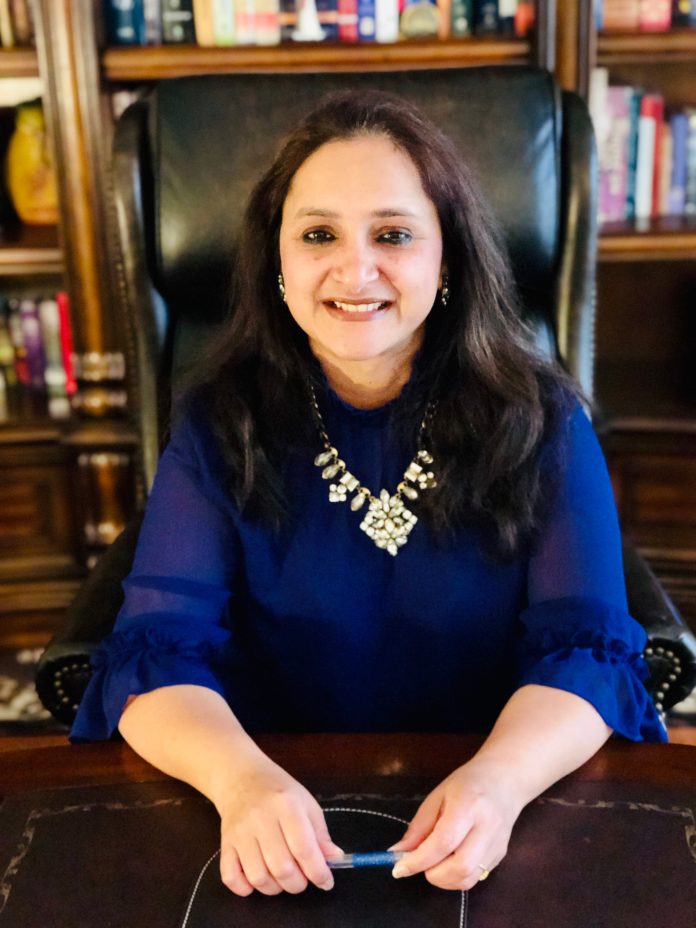Any persistent or intermittent pain that persists for more than three months is defined as Chronic Pain. Epidemiological studies have shown that in Europe and USA, one out of five individuals will have this condition sometime in their lifespan, thereby making it a serious public health issue. Chronic pain could be due to a disease process involving the nervous system or because of nonneural tissue being under a threat of real or susceptible damage. Statistics reveal that more than 80% of patients who present with chronic pain are also burdened by severe depression. Unfortunately, these patients tend to have a worse prognosis. Chronic pain can be overwhelming and can impair productive lives and damage family relationships.
Opioid addiction is a huge issue in the United States and beyond, leading to overdose and even the transition to illicit substances in large numbers of people. Over 40,000 people die every year due to opioid-related incidents. Yet the drugs are commonly overprescribed. In the year 2017, more than four thousand deaths were reported from drug overdose in Ohio, making it deadlier than motor vehicle accidents, and deaths due to firearm or homicides combined. Fortunately, with all this sorrow and anguish, there is also hope. Assistance and support are being provided in more than one way to all those who need it. The latest reports published in 2018 suggest that deaths due to drug abuse have dropped down by nearly 22% in Ohio.
We interacted with one of the leading chronic pain physicians and asked her about her views on this epidemic and plausible solutions. Voted as one of the top pain physicians in Cincinnati, Dr. Shuchita Garg MD talks about those who suffer from chronic pain and explains how difficult it can be to get effective relief from their symptoms without all the unwanted side effects that come with certain medications. Dr. Garg is driven by the desire to provide non-opioid pain relief alternatives to patients and help them get back to living their best lives. She is continually fulfilled by being able to make even little improvements in her patients’ quality of life, and loves being able to treat every person with patience and compassion. In her words, “I believe in taking a holistic approach and avoid focusing on specific symptoms of my patients”.
Her journey to becoming a fully qualified and board-certified physician was a long one, as it is for everyone – she completed an internship, postgraduate diploma, residency, and fellowship before starting work as an Assistant Professor in 2015. She’s worked in anaesthesiology, critical care and research, meaning her career has been a highly challenging yet rich and rewarding one. Fun fact: Dr. Shuchita Garg wanted to be a singer when she was a teenager!
So, Dr. Garg tell us about your experiences with patients who come to you with Chronic Pain.
Well, thank you so much for having me to discuss something that is so close to my heart. I see a lot of kinder souls walking in to my clinic with problems of pain that have left them despondent. It is a challenge. In my honest opinion, and I say this with experience, that chronic pain is way more than just an acute pain that has lasted longer than usual. It certainly presents with persistent intensity leading to decreased bodily functions and can involve other body parts beyond the site where the original pain started. These patient’s neuronal system undergoes changes with the amplification of pain receptors and their intrinsic pain mitigating mechanism getting diminished, making the perception of even the slightest touch to be professed as painful. My patients tell me that their pain makes them depressed with an increased feeling of anxiety, day-long fatigue, adverse mood changes, loss of sleep, appetite, and a desire to withdraw themselves from their close ones. They lose the desire to engage in things that they used to love doing, and sometimes it hurts their relationship and even employment.
Why do you think Chronic Pain leads to depression?
Well, it has been found that both these conditions, i.e., chronic pain and depression, are intertwined. They seem to share some of the endogenous chemicals called neurotransmitters and neuronal pathways in our body. The exact reason is still under investigation, and most likely, it has a multifactorial explanation.
So, what should one do?
The good news, in my view, is that the vicious cycle can be broken. I encourage my patients to integrate pleasurable activities, socialize more often, and try to bring more resolve to enjoy every day in their lives to usher in well-being and happiness. There is a need to exercise a multidisciplinary approach with physicians, counsellors, physical therapists and associating with a support group. An all-out proactive effort is required to recognize that there is light at the end of the tunnel. The use of antidepressant medicine, along with pain medication, can be useful.
Would antidepressants have with their adverse effects?
Antidepressants are basically used as adjuncts in addition to the first-line pain medications whenever there is co-existing mood disorders with chronic pain. They help by restoring the neurochemical balance and thereby elevate the mood. However, when they are overprescribed or taken in high doses that they can result in blurring of thoughts, increased and rebound depression, and promoting isolated behaviour. So, a sweet balance has to be maintained when using antidepressants. And again, I would emphasize trying out non-pharmacological methods prior to the initiation of these medications.
Dr. Garg are you somehow involved in some activity to combat this issue?
I am actively involved in a multi-institutional program called “Care Innovation and Community Improvement Program, A Quality Improvement Strategy”. The stewardship committee is comprised of physicians from different specialties. It hopes to form a consensus on safe opiate prescription guidelines that adhere to the most recent CDC guiding principles. The committee is working on decreasing the rate of opioid use over the next three years. I believe that this will be a constructive effort to fight the ongoing opioid epidemic that our country is facing.
How can one proactively combat depression associated with chronic pain?
There are four main pillars that can help patients deal with this precarious situation. The first being trying to get an early diagnosis, then identifying triggers for stress and any precipitating factors that lead to chronic pain, do not shy away from communicating about depression and the emotional burden, and lastly, try to get a multi-disciplinary intervention to achieve best outcomes.
What are the safer ways to deal with chronic pain in your opinion?
This is generalised advice which doesn’t substitute for personalised medical advice; it may provide relief for some people. The point is that there are alternatives to (potentially addictive) medication that you may want to try.
- Stretching and yoga or Pilates
- Regular exercise
- Healthy, balanced diet
- Relaxation therapy
- Cognitive behavioural therapy
- Music therapy
- Acupuncture
- Massage
- Socialize and enjoy quality time with your friends and family
Dr. Garg that is helpful. So, what else are you working on now
I am really excited to be part of a multispecialty, international working group that has formulated guidelines for lumbar facet joint pain management. These facet joints are the small joints that are located at each segment of the lumbar spine. These can become painful due to various reasons like injury or degenerative processes. These guidelines will help standardize the interventional pain management methods for the physician’s world over.
Would you be able to suggest some resources for everyone?
Yes, for sure. There are various government and non-governmental resources that one can avail to their benefit. It is advisable to consult your treating physician or your insurance company to gather some information. There are a few resources like Substance Abuse and Mental Health Services Administration (SAMHSA) available at 1-800-662-4357, the Ohio Department of Mental Health and Addiction Services (ODMHAS) where anyone call 1-877-275-6364. Some details on the national opioid crisis is available with the Centre for Disease Control and Prevention website.
Thank you, Dr. Garg for your time. Would you have some message for our readers?
I would like to reiterate and emphasize to all about the need to maintain a positive approach during their journey to manage chronic pain. Never lose hope.
It is important to have a good insight into one’s health issues and realise that the available pharmacological and non- pharmacological tools do not work the same way for one and all. Often, lifestyle changes need to be made and coping methods need to be developed that are sometimes challenging to accept.
I would advise the readers to always discuss at length with their pain physicians for the available resources. The roles of existing modalities and their outcomes in their particular scenario help to avoid setting up of unrealistic expectations. One of my publications that was incorporated as a chapter in a textbook, actually outlines on the patient’s beliefs and expectations.
With the ongoing research and technology advances, there are lot of forthcoming options that seem to provide a positive vibe that should be looked forward to.
Summary
If you’re looking for a qualified, experienced professional to help treat your chronic pain without opioids, Dr. Shuchita Garg is one to consider. She is a double board-certified by American Board of Anesthesiology in Anesthesia and Chronic Pain Medicine. She is currently working as an Assistant Professor at the University of Cincinnati College of Medicine. She is working on many interesting projects that could help improve the quality of life of patients with chronic pain. She has already published in various scientific journals and has four book chapters to her credit. She is available at various pain clinics through the University of Cincinnati College of Medicine.

Cameron Dickerson is a seasoned journalist with nearly 10 years experience. While studying journalism at the University of Missouri, Cameron found a passion for finding engaging stories. As a contributor to Kev’s Best, Cameron mostly covers state and national developments.

